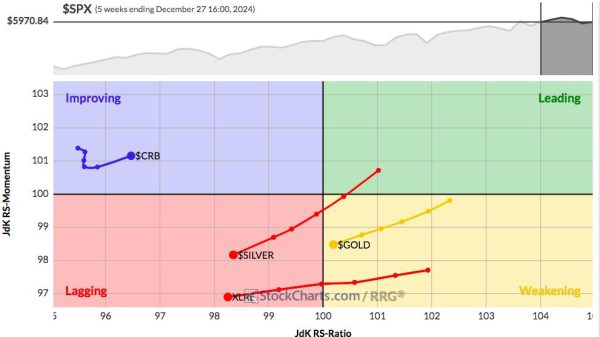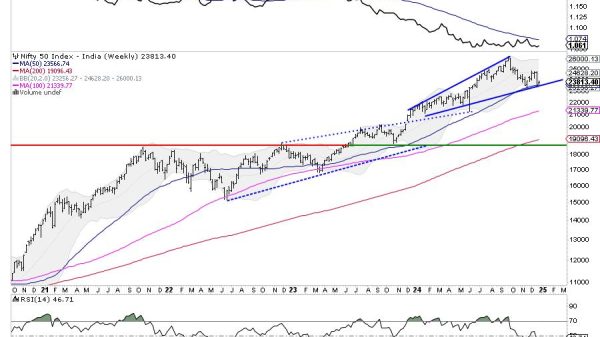TOKYO — A third-year student at one of Japan’s top engineering universities, Yuna Kato has her sights set on a career in research but fears it might be short-lived if she has children.
Ms. Kato says relatives have tried to steer her away from science, technology, engineering and mathematics (STEM), on the notion that women in the STEM field are too busy at work to juggle dating or families so have a hard time finding husbands.
“My grandmother and mother often tell me that there are non-STEM jobs out there if I want to raise children,” she said.
Ms. Kato has made it this far, but many aspiring female engineers choose a different path due to the social stigma, creating a massive headache for Japan. In the IT field alone, the country is looking at a shortfall of 790,000 workers by 2030, largely due to a severe underrepresentation of women.
The upshot, experts warn, is a decline in innovation, productivity, and competitiveness for a country that grew into the world’s third-largest economy on those strengths during the last century.
“It’s very wasteful and a loss for the nation,” said Yinuo Li, a Chinese educator with a Ph.D. in molecular biology, whose likeness has been used for a Barbie doll as a female role model in STEM.
“If you don’t have the gender balance, your technology is going to have a significant blind spot and deficiencies,” said the mother-of-three who is in Japan on a cultural exchange program.
UNCONSCIOUS BIAS
Japan ranks last among wealthy nations with only 16% of female university students majoring in engineering, manufacturing and construction, and with just one female scientist for every seven. That is despite Japanese girls scoring second-highest in the world in maths and third in science, according to the OECD.
For overall gender parity, Japan’s ranking fell this year to a record low.
The country is on a mission to close the gap.
For the academic year starting in 2024, about a dozen universities — including Kato’s Tokyo Institute of Technology — will heed the government’s call to introduce a quota for female STEM students, joining several others that started this year.
It’s a major reversal for a country where an investigation in 2018 found a Tokyo medical school had deliberately lowered women’s entrance test scores to favor admitting men. School officials felt women were more likely to quit working after having children and would waste their education.
Aiming to change attitudes, the government a few months ago created a 9-1/2-minute video to show educators and other adults how “unconscious bias” deters girls from pursuing STEM studies.
In one scenario, an actor playing a schoolteacher compliments a student for “being good at math, even though you’re a girl,” making her feel it was abnormal to be a female math whiz. In another, a mother discourages her daughter from pursuing engineering since “the field is male-dominated.”
Working with the private sector, the government’s Gender Equality Bureau will hold more than 100 STEM workshops and events mainly targeting female students this summer — such as learning from Mazda’s sports car engineers.
NO DIVERSITY, NO INNOVATION
More schools and companies including Mitsubishi Heavy Industries and Toyota are offering scholarships to female STEM students to attract talent.
“The scarcity of female engineers is absolutely unnatural when you consider that women account for half of society,” said Mitsubishi Heavy human resources official Minoru Taniura.
“If the make-up of engineers is not the same as the population, we’d fall behind in being able to offer what customers are looking for.”
Panasonic, too, sees benefits from a female perspective, saying its senior engineer Kyoko Ida could relate to women surveyed for the development of the company’s bread machine, whose users were mostly female.
Jun-ichi Imura, the deputy head of Ms. Kato’s school, said the lack of diversity has already taken its toll.
“Diversity is the source of innovation, and when we think about whether we’ve seen true innovation in the last few decades at our school or in Japan, it doesn’t look good,” he said.
“Looking ahead to 2050, we all need to think about what needs to be done now.” — Reuters























